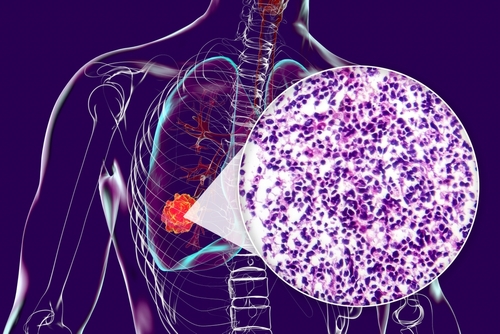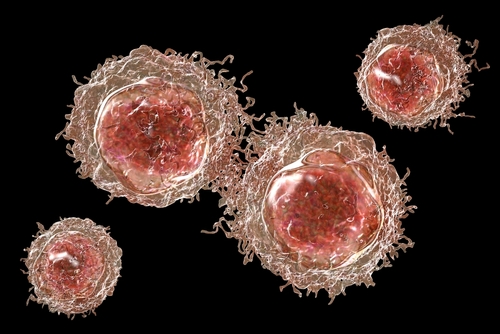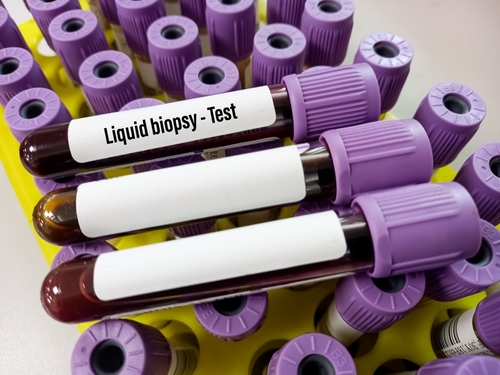
Morphologically, small cell lung carcinoma (SCLC) appears homogeneous but is clinically and biologically heterogeneous. Four novel transcription regulators—ASCL1, NEUROD1, YAP1, and POU2F3—were recently identified in SCLC. The results of a study that aimed to subclassify SCLC based on immunoexpression of ASCL1, NEUROD1, YAP1, and POU2F3 in an attempt to identify different molecular subtypes and correlate them histologically and clinically with distinctive morphological features and survival analysis, respectively, were presented at WCLC 2023 in Singapore.
Histologically confirmed cases of SCLC over an 8-year period were included in the study, and among 907 cases, immunohistochemical (IHC) analyses for ASCLC1, NEUROD1, YAP1, POU2F3, and Rb1 were performed on 178 selected cases. The majority of the patients were men, mean patient age was 58 years, and approximately 90% had a positive smoking history, with 56% having a smoking index greater than 450. More than 90% of the tumors were centrally located, with a predilection toward the right side, and most patients (85%) were in an advanced stage of cancer; 83% showed metastatic disease.
Results from the initial diagnostic IHC panel showed expression of synaptophysin (89%), chromogranin (88%), CD56 (95%), INSM1 (94%), pancytokeratin (93%), TTF1 (69%), and loss of Rb1 (98%). Molecular subclassification based on immunoexpression of four transcription regulators showed that SCLC-A (57.00%) and SCLC-N (7.30%) subtypes encompassed the majority of the cases, whereas SCLC-Y (3.37%), SCLC-P (2.80%), and quadruple negative (3.93%) comprised minor proportions.
Classic/neuroendocrine (NE) high SCLC cases were predominantly of SCLC-A/N/A+N subtypes (93.5%), whereas NE low cases of SCLC were predominantly of SCLC-Y/P subtypes (55.0%). On follow-up, SCLC-N, SCLC-Y, and SCLC-P subtypes showed significant correlation with supraclavicular lymphadenopathy (P=.021), and survival analysis showed relatively poorer outcomes of SCLC-Y/P subtypes (P<.001).
“While there were no appreciable morphological differences, SCLC showed heterogeneity at the level of neuroendocrine differentiation, transcriptional regulation, and biological behavior,” the study authors summarized.
Source: Sun X, Zhang Z, Dong J, et al. Spatially resolved transcriptomics deciphers inter- and intra-tumor heterogeneity of small cell lung cancer. Abstract of a poster presented at the 2023 World Conference on Lung Cancer; September 9-12, 2023; Singapore.







 © 2025 Mashup Media, LLC, a Formedics Property. All Rights Reserved.
© 2025 Mashup Media, LLC, a Formedics Property. All Rights Reserved.